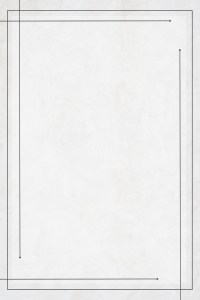Английский язык. Практический курс для решения бизнес-задач | страница 17
For Detroit, Ford’s success may herald a turning point. It’s true that Detroit still suffers from a perception of poor quality and a sense that it’s out of step with the customer. That’s why the Big Three continue to lose market share to imports from Japan and Europe. But Taurus and Sable demonstrate that the former American competitive edge is not completely lost. U.S. carmakers can still build a machine that excites the average American driver.
How did Ford pull it off? Largely, by stealing a page from the Japanese. It studied customer wants and needs like never before, made quality the top priority, and streamlined its operations and organisation. Top management is so pleased with the result that the Taurus approach will be incorporated in all future development programs.
Radical Steps. The Taurus-Sable project was conceived in the bleak days of 1980, when Detroit was deep in recession. Ford’s executives finally realized that fuel economy was not the only reason consumers were choosing imports. «It was painfully obvious that we weren’t competitive with the rest of the world in quality,» says John Manoogian, who then was Ford’s chief of quality. «It became our number 1 priority.» Adds Lewis Veraldi, who headed the Taurus-Sable program: «We decided we had better do something far-reaching – or go out of business.»
Taurus and Sable were a huge gamble, indeed. When the automaker realised it needed to take radical steps to lure drivers back into the American fold, it decided that its new cars would replace the company’s best-selling models, Ford LTD and Mercury Marquis. To make sure Taurus and Sable would succeed, Ford invested $3 billion – an unprecedented amount for a new-car project.
The first step was to throw out Ford’s traditional organisational structures and create Veraldi’s group, christened Team Taurus. Normally, the five-year process of creating a new automobile is sequential. Product planners come up with a general concept. Next, a design team gives it form. Their work is handed over to engineering, which develops the specifications that are passed on to manufacturing and suppliers. Each unit works in isolation, there is little communication, and no one has overall project responsibility.
Turning the Tables. Team Taurus took a «program management» approach. Representatives from all the various units – planning, design, engineering, and manufacturing – worked together as a group. Top management delegated final responsibility for the vehicle to Team Taurus. Because all the usually disjointed groups were intimately involved from the start, problems were resolved early on, before they caused a crisis.

